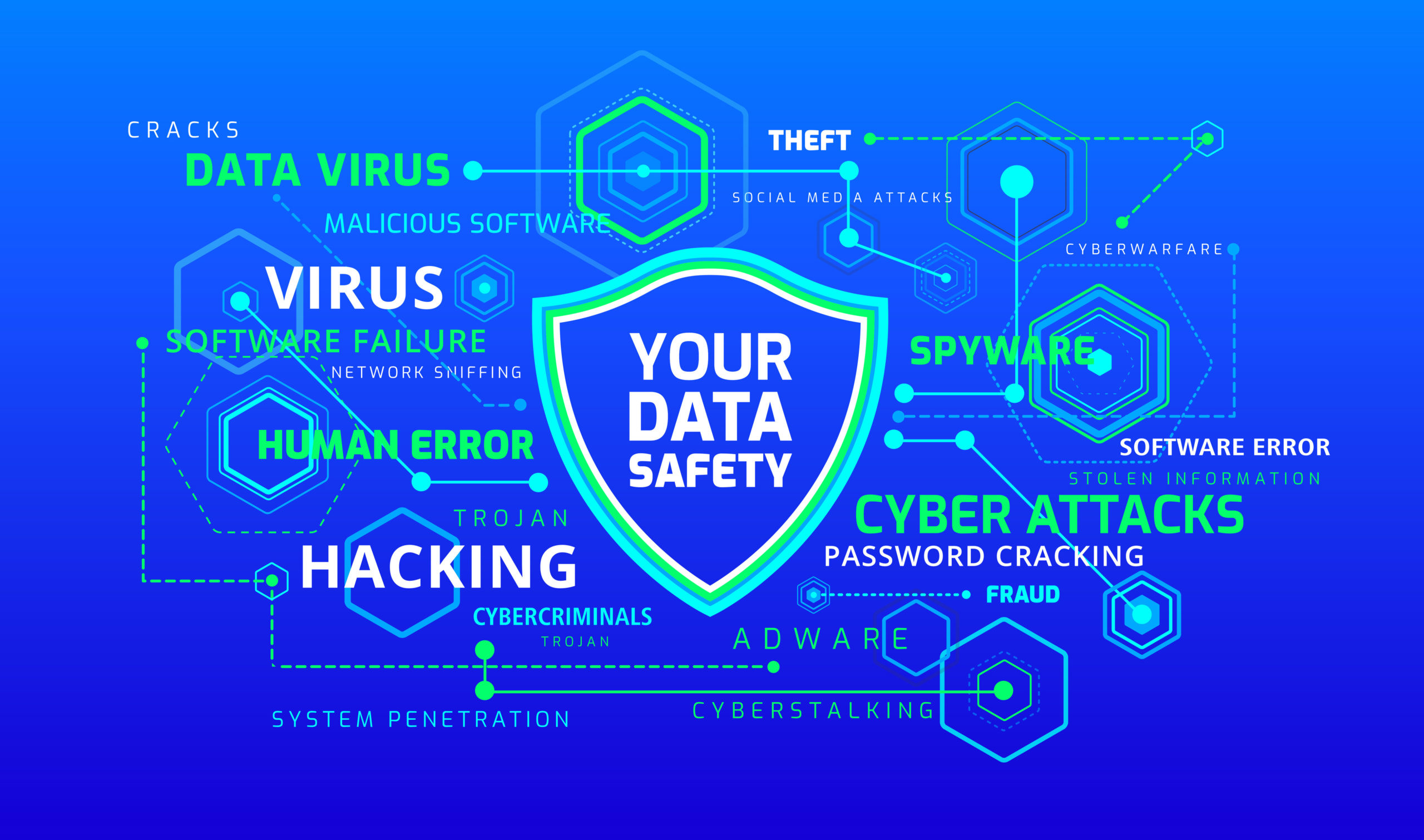In today’s interconnected world, cyber security is paramount. Protecting sensitive information and digital assets requires a proactive approach and adherence to best practices. Implementing robust security measures such as firewalls, antivirus software, and encryption is fundamental. Regularly updating software and operating systems helps patch vulnerabilities and strengthen defenses against evolving threats.
Employee education is equally crucial. Conducting regular training sessions to raise awareness about phishing scams, social engineering tactics, and password hygiene empowers staff to recognize and mitigate potential risks. Encourage the use of strong, unique passwords and consider implementing multi-factor authentication for added protection.
Establishing strict access controls ensures that only authorized personnel can access sensitive data or systems. Regularly review and update permissions to align with organizational needs and personnel changes.
Furthermore, maintaining secure backups of critical data safeguards against data loss due to ransomware attacks or system failures. Test backup restoration procedures periodically to ensure their effectiveness.
Lastly, staying informed about emerging cyber threats and compliance requirements is essential. Regularly review and update cyber security policies to address new challenges and maintain regulatory compliance.
By prioritizing cyber security and adopting a proactive approach, organizations can safeguard their digital assets and mitigate the risks posed by cyber threats. Remember, investing in cyber security today protects against potential losses and reputational damage tomorrow.

